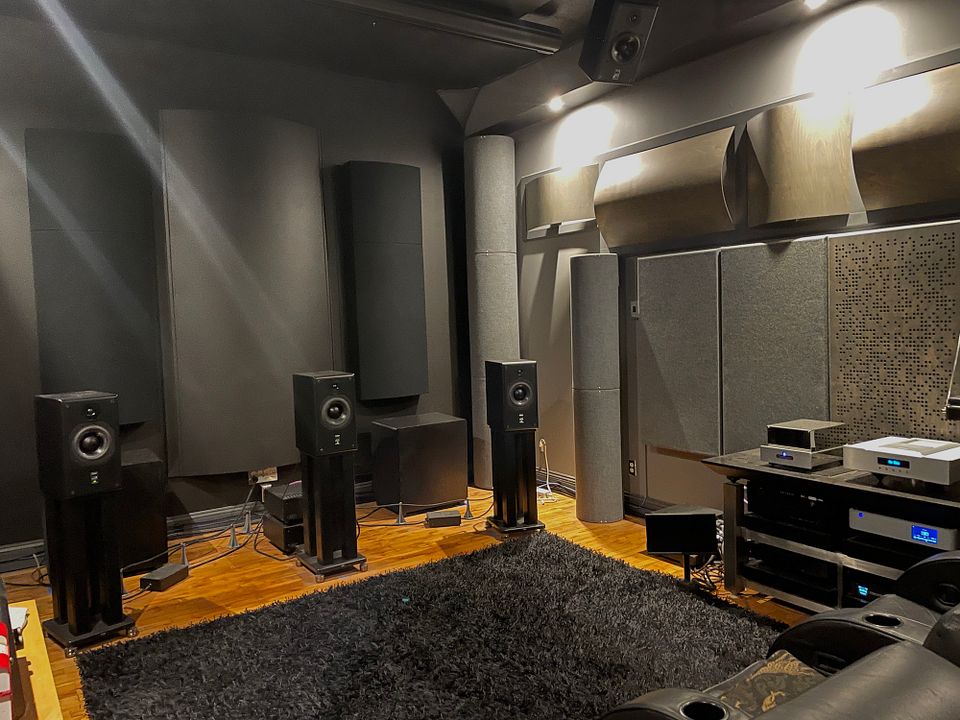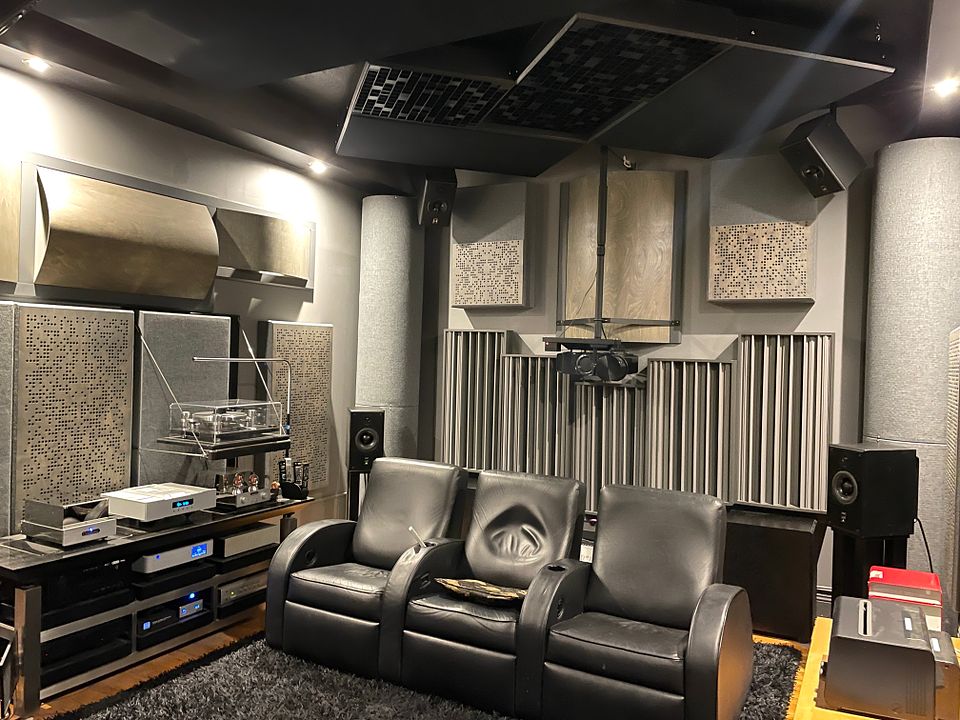Sorry but I and much of the high-end audiophile community would strongly disagree with your generalization about small speakers
@WozzaDog. The fact of the matter is that a great small speaker will often handily outperform a comparably priced full size speaker in both believable imaging and creation of a large soundstage. And this goes doubly so when the system resides in a domestic room of modest dimensions and triply so when you manage to seamlessly integrate several capable real subwoofers with said high-end small speakers. Attempting to shoehorn large floor-standing fullrange loudspeakers into a modest size room will often result in sonic compromises being made vs a smaller speaker with a smaller footprint.
The only potential downside of running a system based upon great small loudspeakers and subwoofers is the dynamic limitations you may run into when attempting to drive them at very high SPLs in a large room.


Lol.
Yip, I mad an error in my writing, I should have said “full range speakers and full range speaker combinations of a small speaker and discreet sub for the side and rear speaks vs small not-full range speakers and small and LFE subs”.
I had the fortunate experience of listening to a quadraphonic system in 95 in the studios with 4 Tannoy large speakers of equal size, and then later 5x B&W 801 nautilus speakers for SACD at Abby Road, each with a 15 driver per channel plus separate LFE subs. I know there is a difference of each channel having it’s own 15 driver vs small speakers not playing down below 50hz at good volumes.
There is no replacement for displacement. I like to feel music, not just hear it.
As my friend who designed the accustoms for the Sydney opera house said: a mosquito hitting a person at 100kmh is different then a semi hitting a person at 100kmh.
Having experienced full range sides and rears vs non-full range: For ME is go big or go home. Each to your own.
I listened to the IMAX engineers discuss their theory on bass management and that is ever speaker goes down to 10hz, and there are no separate LFE channels. I like this concept, but that’s not how recordings go.
However watch this space. In the next 0 to 10 years whatch how the reverse of the distributing bass from each channel to subs is reverse engineered and processors will have a feature:
- Distribute LFE channel to full range speakers
Denon AVR1 has this feature. I had this feature on my previous Marantz processor but it would only send the LFE to the mains, plus had feature to send main speaker bass to LFE.
I bekeive storm Audio processor can also send LFE signals to main speakers as well.
We could go much much deeper here off topic. And I am not an accustom engineer. I am not a musician. I just a jerk lol who enjoys surround sound music from large full range speakers. I want large drivers on ever channel. My fronts have dual 10” woofers per channel.
I will start a new thread. I think there was one previously, but this thread will ask for the science of low frequency playback at volume on side and rear speakers. So rather then focus on size, the focus is on output. And let’s have fun with sone feedback of some suggested tracks?
Back to this topic:
Is your local audio / HiFi dealers stuck in 2-channel music?






